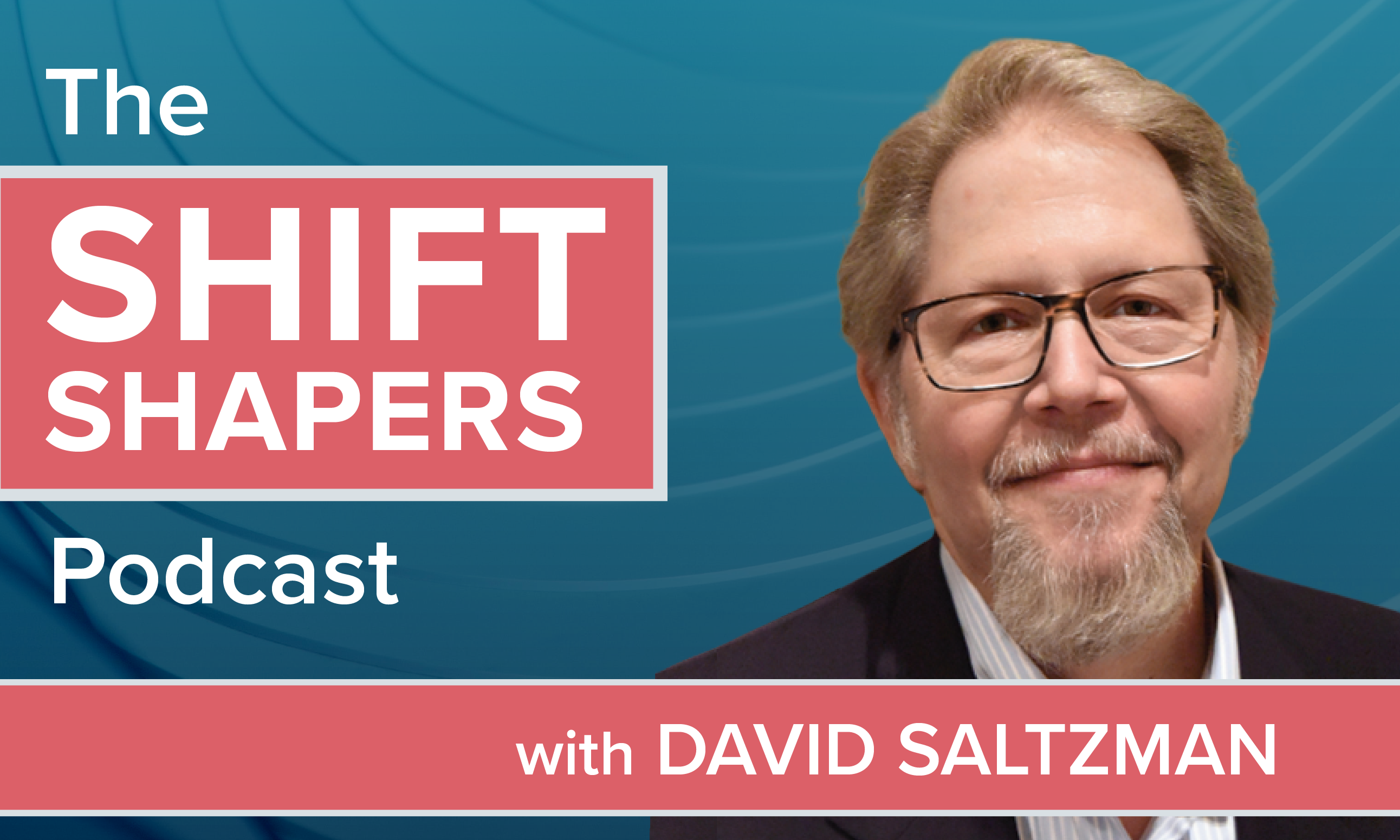Sponsored Contentby Mutual of Omaha
|For millions of Americans, the thought of retirement planning is a source ofanxiety, confusion and frustration. Even having it neatly packagedin an employer's 401(k) offering that includes personalizededucation and support doesn't seem to provide comfort for manyemployees.
|To help improve outcomes, many plan sponsors have addedauto-enrollment features to their plans. According to the PlanSponsor Council of America, 50.2 percent of all plans are utilizingthis feature. While plans using auto-enrollment are achievingparticipation rates up to 10 percent higher than others, many ofthese plans' participants still behave in ways counterproductive toachieving financial success. A great example is the reluctance ofauto-enrolled employees to increase their deferral rate above thedefault percentage established by their employer, which istypically three percent. Why do average employees, auto-enrolled ornot, still appear extremely apathetic when it comes to takingaction to improve their retirement outcomes?
|Leading researchers in the emerging field of financialpsychology believe the answer lies within our human psyche.Deep-seeded financial beliefs create behaviors that causeindividuals to deviate from achieving their monetarygoals.
|With more than 25 years of experience in the retirementindustry, I've seen these behavioral issues play out time and timeagain. Early in my career as a 401(k) enrollment specialist, Iconducted thousands of group meetings and countless employeeone-on-ones, with limited success. While working as head ofmarketing for a large 401(k) provider, I signed off on millions ofdollars for creative campaigns, personalized and segmented flyers,mailers, enrollment books, and interactive emails and websites; allwith minimal effects on driving employee action to improveretirement outcomes.
|Fortunately, I now work for an organization that shares mypassion to crack this code. Our vision ties in seamlessly withretirement savings: For every customer…a financial future imagined,planned and secured.
|Our aha moment
|In our pursuit for a solution, we surveyed hundreds of employeeswho have access to an employer-sponsored 401(k) plan. We asked thema simple, open-ended question, “What can you tell us about your401(k) plan?” As you canimagine, the responses ran the gamut. But as we delved deeper, apattern emerged. We identified three main categories ofemployees:
- Those who were interested in the concept of “retirement readiness” and thereforeactively engaged in their 401(k) plan.
- Those who were passively engaged in their 401(k) planbut had little to no interest in the concept of “retirementreadiness.”
- Those who were completely unengaged and therefore notenrolled in their 401(k) plan at all.
The proper definition of these three types, in the context of“retirement readiness,” is vital.
|Engaged does not mean the employee is micro-managinghis account, but rather the employee is willing to build awell-thought-out retirement plan, designed to maximize hisretirement outcome. The engaged employee is saving with apurpose and has a deep-rooted interest in ensuring a successfulretirement.
|On the contrary, the employee who is passively engagedin her 401(k) plan has no clear goal or purpose regarding herretirement outcome. This employee is enrolled and contributing toher plan, but has no reason why, other than she heard it's a “goodidea,” or she was auto-enrolled by her employer. In some instances,auto-enrolled employees didn't even know they were contributing toa plan.
|As a result, the passively engaged employee is notmotivated to understand their 401(k) plan. Without a basicunderstanding, it is easy for these employees to succumb to poorretirement planning. Some examples of poor retirement decisionsinclude:
- Not increasing contribution rates above the low auto-enrolldefault
- Taking loans from the plan to make large purchases, like buyinga new car
- Taking full withdrawals from their plan when changingjobs
It also becomes simple for the passively engagedemployee to rationalize transferring his investment in the plan'squalified default investment alternative (QDIA) during a marketcorrection, especially if the concept of investment time horizon orthe QDIA's volatility profile was never fullyunderstood.
|Finally, the unengaged employee is one who is notcontributing to a 401(k) plan and has the greatest risk of notachieving an adequate retirement outcome. There are many pitfallsto being either passively engaged or unengaged.At the top of the list is a lack of emotional connection to one'sretirement future. Without an emotional connection, there's nodesire to learn how to improve one's situation.
|Since I love analogies, imagine trying to save money for one oftwo home improvement projects: either replacing an old roof thatisn't leaking yet but will eventually, or saving for a new hometheater system including 7.1 virtual surround sound and abezel-less curved television with state-of-the-art Quantum dotdisplay. It doesn't take a rocket scientist to knowwhich home improvement will garner the most time researching andfunding.
|How do you convert the passively engaged orunengaged employee, which we estimate to be 75 percent to80 percent of the employee population based on our survey, tobecome an actively engaged employee? Maybe we shouldinterject a little “home-theater-like” excitement into one'sretirement?
|Our field study
|Currently, we're in the middle of an innovative, clinicalresearch study to measure the behavioral change of passivelyengaged and unengaged employees regarding theirparticipation in a 401(k) plan. This research is based on financialpsychology interventions. The purpose of this study is to measurethe effectiveness of different interventional strategies based onsegmented financial behavior personas, to unlock intrinsicmotivation within employees; thus, facilitating the shift to anactively engaged 401(k) participant.
|Source
|Plan Sponsor Council of America (2014). 57th AnnualSurvey of Profit Sharing and 401(k) Plans.www.psca.org/57thAS_Report
Complete your profile to continue reading and get FREE access to BenefitsPRO, part of your ALM digital membership.
Your access to unlimited BenefitsPRO content isn’t changing.
Once you are an ALM digital member, you’ll receive:
- Critical BenefitsPRO information including cutting edge post-reform success strategies, access to educational webcasts and videos, resources from industry leaders, and informative Newsletters.
- Exclusive discounts on ALM, BenefitsPRO magazine and BenefitsPRO.com events
- Access to other award-winning ALM websites including ThinkAdvisor.com and Law.com
Already have an account? Sign In
© 2024 ALM Global, LLC, All Rights Reserved. Request academic re-use from www.copyright.com. All other uses, submit a request to [email protected]. For more information visit Asset & Logo Licensing.









